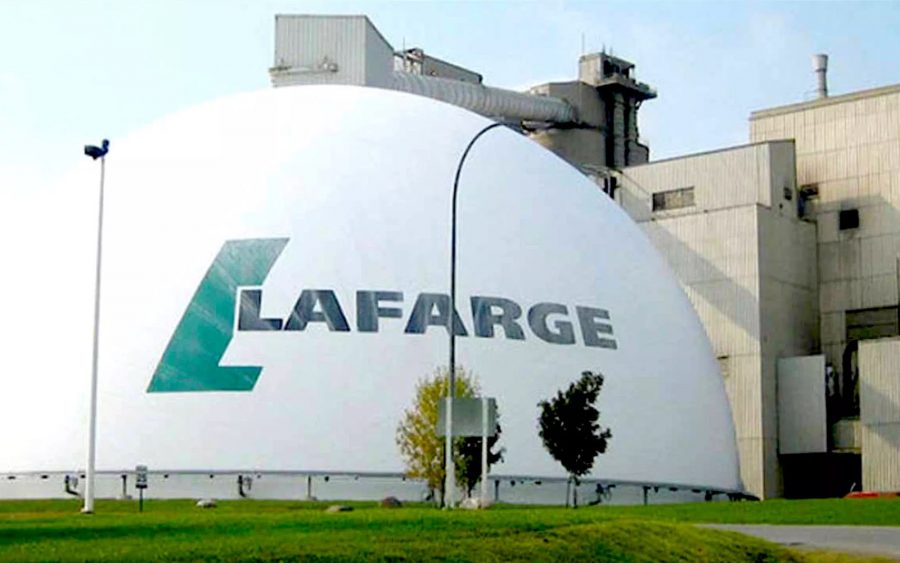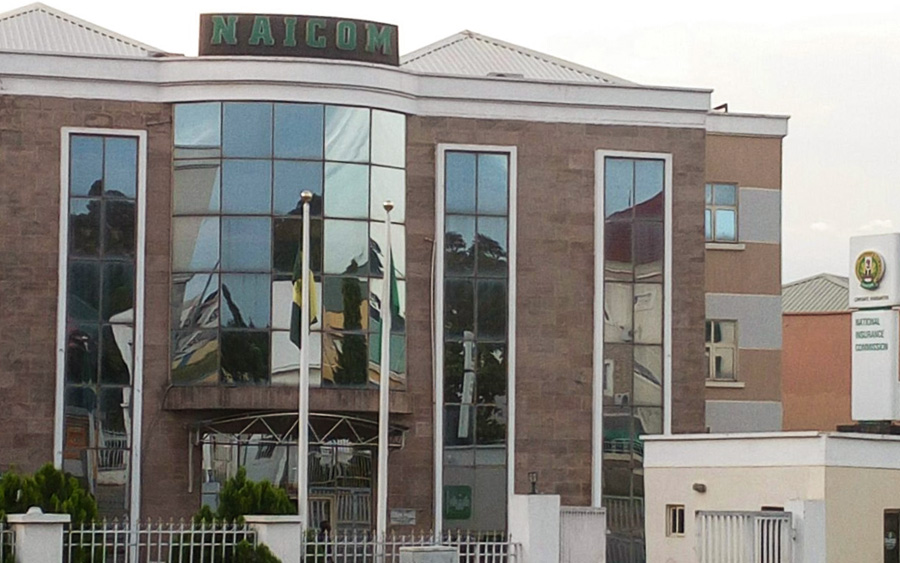Lafarge Africa has announced N187 billion in revenue, translating into 32% profit growth in the half year (H1) ended June 30, 2022. This is on the back of rising cement prices and growing demand for the product.
A review of the company’s H1 unaudited results released on NGX to the investing public for the period under review showed that revenue grew by 29% to N187 billion from N145 billion reported in Half year ended June 30, 2021, which is about 23% of Dangote Cement and 99% of Bua Cement’s recorded revenue for the same period. This is expected based on the companies’ production capacity. Lafarge Africa has a current installed cement production capacity of 10.5 million metric tonnes/pa, while Dangote Cement leads with nearly 51.6 million metric tonnes/pa followed by Bua Cement with 11 million metric tonnes/pa
The marginal increase in prices of cement this year impacted positively on the revenue, thus the positive growth in gross profit and gross profit margin. The retail price of a 50kg bag of Elephant Cement produced by Lafarge Cement is sold for N3,800 – N4,000; also the demand in the construction sector contributed to demand, consequently, the growth in revenue.
However, the mounting cost of production caused by significant increase in energy costs and raw materials, due to the depreciation of the Naira, macro-economic inflationary pressure, dearth of infrastructure, especially unstable electricity supply, high cost of petroleum products, poor road network, multiple taxations, stiff competition and high import duties and tariffs, helped in contracting the profit growth to 37% and net profit margin growth to 2.7%. While cost of sales grew by 25%-on year and 30% successively (Q2 2022) to N90.52 billion from N72.54 billion reported in H1 2021; selling, marketing and distribution expenses grew by 46% in H1 2022, and a much higher growth (76%) in Q2 of the H1 2022.
The drop in finance expenses stopped what would have been a low profit looking at the earnings before interest and tax, which grew by 27%.
Overall, the net profit margin and earnings per share over the years have been growing and positive. The net profit margin of 20% in H1 2022 is good and impressive, while earnings per share grew by 32% to N2.32 from N1.76 reported in H1 2021.
In 2021FY, EPS grew by 66% to N3.17 from N1.91, from which the company paid a total dividend of N2 for 2021FY, representing a pay-out ratio of 63%.
Investment Perspective
When you invest in shares of a company, you have an ownership stake of the company, giving you the feeling of that ownership after purchasing the stock. Aside from the ownership stake, it provides an additional income in dividends, even if the stock loses its value and most importantly, the investment gains in share price appreciation.
Lafarge Africa share price since the beginning of the year has appreciated by 6.26%. It started this year with a price of N23.95 and closed on Friday, August 5, 2022 at N25.45 per share ranking the company 48th on the NGX in terms of year-to-date performance.
However, investors should be optimistic considering that the share price has gained more; 17% in terms of 1-year performance.
The capital gain does not give the total income return, especially, if the company pays dividend. Lafarge is a dividend-paying company. The company’s cash flow shows that over the past five years, dividend payments have been consistent. This is good, especially for value investors. On March 1, 2022, the company announced a final dividend of 100 kobo for payment on April 21, 2022, bringing the total dividend for the 2021FY to 200k per share. This represents a dividend yield of 7.86%, which is higher than Dangote Cement (+7.55%) and Bua Cement (+4.42%), an indication that Lafarge Wapco, relative to current share price is paying more dividend income to its shareholders than Dangote Cement and Bua Cement.
Notwithstanding the two income streams, investors should note that it is very important to consider the company’s fundamentals and trading liquidity when buying stocks.
Lafarge Wapco is the 18th most traded stock on the NGX over the past three months; trading a total volume of 205 million shares in 8,358 deals valued at N5.71 billion. This is good for investors because there is market liquidity, thus less trading liquidity risk. More so as at last trading day (5/8/22), Lafarge traded 25% below its 52-week high of N31.75 set on 12/5/22 and 16% above its 52-week low of N21.50 recorded on 17/9/21.
Over the past five years, Lafarge earnings have been positive except in 2017, when it recorded a loss of N35 billion. Income and EPS growth has been good and impressive. For the H1 2002 ended 2022, EPS grew by 32% to N2.32 from N1.76 in H1 2021. In 2021FY, ended December 31, 2021, it grew by 66% to N3.17 from N1.91 in 2020FY, representing earnings yield of 12.46% and price to earnings ratio of 8.03x. While the earnings yield is slightly higher than the FG 10-year bond yield of 12.168% (August 8, 2022), the price-to-earnings ratio (TTM) is lower than its peers; Dangote Cement (13.18x) and Bua Cement (18.5x), an indication that Lafarge may be priced cheaper than Dangote Cement, Bua Cement and FG 10-year bond.
Lafarge Africa has a flawless balance sheet with a solid track record. The company’s total liabilities are just 30% of its total assets and it has more cash than its total debit. Its debt-to-equity ratio has reduced from 68.9% to 4.7% over the past five years. So, even if sustained earnings decline, there would not be much financial distress and bankruptcy, though low debt/equity ratio in itself, is not always a good attribute for a growing company.
Also, the company has an impressive share premium account, which accounts for a greater percentage of the company’s shareholders’ equity. As at June 30, 2022, the company’s share premium account stood at N435.148 billion. This means the company can afford to issue bonus shares to its shareholders as an alternative to increasing its dividend payout, as the net retained earnings (other reserves and retained earnings) is negative (-N43 billion) as at June 30, 2022.
Outlook
As rising inflation, rate hikes, persistent FX challenges and the impact of the ongoing Russian-Ukraine crisis on energy prices continue to exert pressure on the cost of operations and overheads, the company’s profitability margins, especially the bottom line is likely to be affected, though analysts forecast earnings to grow 13.27% per year, which is above the savings rate of 12.6%, but slower than the NG market.
However, growth opportunities in the domestic cement markets are likely to continue as demand for cement from the private sector real estate, construction sector, and government infrastructural development would remain strong enough to keep prices elevated throughout the year, despite the forecast and expected reduction in consumer purchasing power due to spiralling inflation.
More so, as companies tilt towards alternative fuels like biomass for cement production, which is likely to reduce dependence on imported and costly energy sources; the expected contraction in profitability is likely to be ameliorated due to the expected reduction in energy costs.














.gif)






